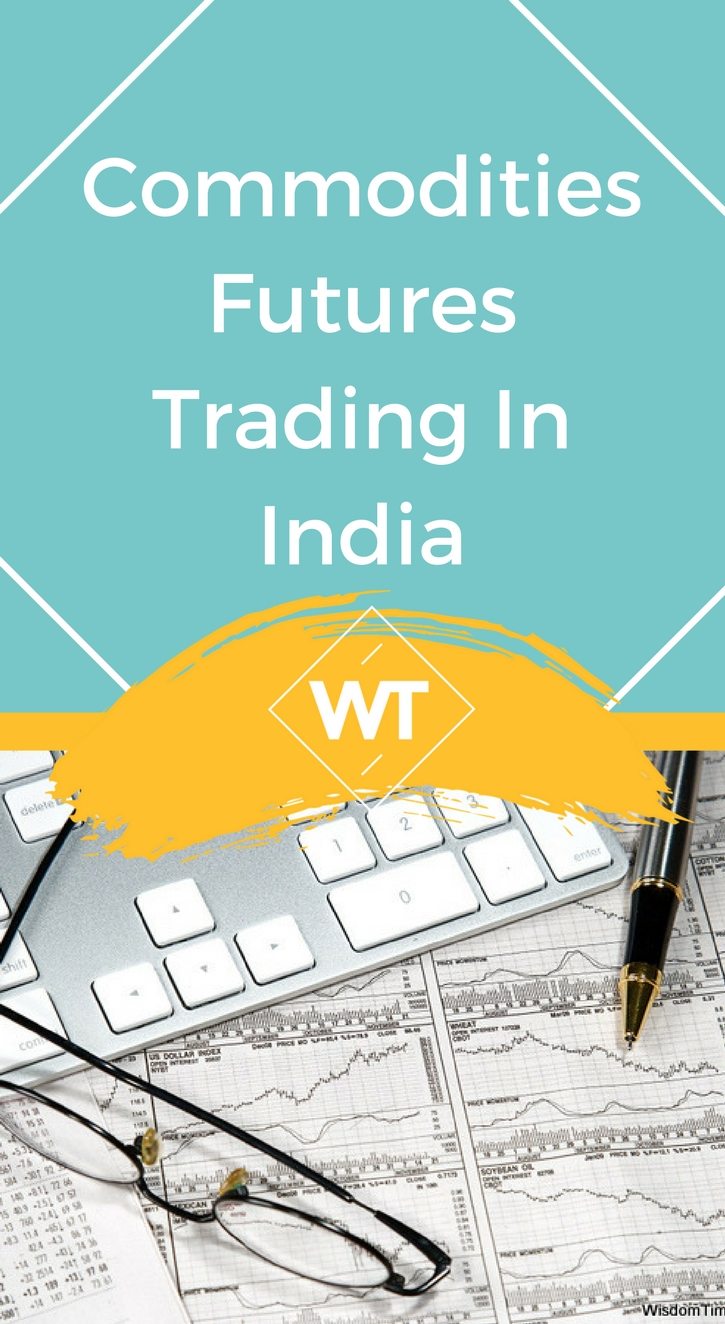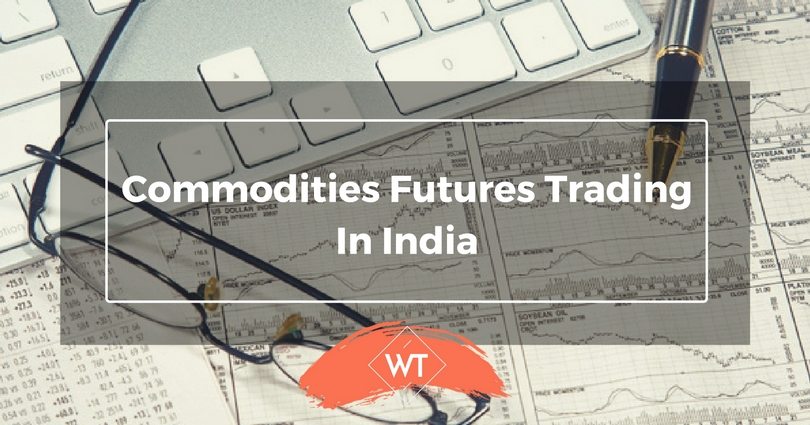Commodities Futures Trading in India

Last month I got a mail mentioning how to benefit from higher food inflation. First I thought this is some kind of marketing gimmick but after a second or two it hit me back. I thought what an idea if somehow or other we learn to get benefitted from higher food inflation or overall inflation. This will turn inflation problem into an inflation generated opportunity.
Now the question is how to benefit from this perennial problem of inflation- the solution is commodity trading/investing.
Individual investor can take position in the commodities in the same way as they take in equities futures. Some of the commodities which are traded in commodity exchanges are Gold, silver, agri-commodities including grains, pulses, spices, oils and oilseeds, mentha oil, metals and crude are some of the commodities that these exchanges deal in.
Example: Assume that onion costs 20 Rs/kg. So you are buying onion at 20 Rs/kg for your day to day food/cooking and you also have long position in onion in commodity market. Now after a week onion goes to 40 Rs/kg and you are facing difficulty in meeting your day today food/living expenses.
This rise in onion price is being nullified by increase in your investment value in onion. So the net amount you are paying now is still 20 Rs/kg as you are gaining that much in your investment (your investment has gained 20 Rs/Kg)
After the ban on commodity trading was lifted in 2003, more and more people got interested in investing in this new asset class. While price fluctuations in the sector could get rather volatile depending on the category, returns are relatively higher (due to leverage position which could be double edged sword).
Who should invest in commodities?
Investors with knowledge about particular commodity can take position in commodity. However it is extremely risky for retail investors if he or she is not aware of price dynamics.
Retail investors should avoid these investments as much as possible. Little price fluctuation can erode very large sum of investor’s portfolio since these trades are leveraged (exposure can be multiple of original sum of money).
Like equity markets, you have to fulfil the ‘know your customer’ forms with a commodity broker. A photo identification, PAN and proof of address are essential for registration. You will also have to sign the necessary agreements with the broker.
Where do I need to go to trade in commodity futures?
Investors have three options – the National Commodity and Derivative Exchange (NCDEX), the Multi Commodity Exchange of India Ltd (MCX) and the National Multi Commodity Exchange of India Ltd (NMCE). All three have electronic trading and settlement systems and a national presence.
The Forward Markets Commission (FMC) is the regulatory body for the commodity market in India. It is the equivalent of the Securities and Exchange Board of India (SEBI), which protects the interests of investors in securities.
Commodity trading can be done with as low as Rs 5,000. All you need is money for margins payable upfront to exchanges through brokers. The margins range from 5-10 per cent of the value of the commodity contract. You can start off trading at Rs 5,000 with ISJ Commtrade while other brokers have different packages for clients.
For trading in bullion, that is, gold and silver, (for example) the minimum amount required is Rs 650 and Rs 950 for if the price is Rs 6,500 for gold for one trading unit (10 gm) and about Rs 9,500 for silver (one kg). Please remember that gold and silver prices listed here are not current, but just examples
The prices and trading lots in agricultural commodities vary from exchange to exchange (in kg, quintals or tonnes), but again the minimum funds required to begin will be approximately Rs 5,000.
What products can be listed on the commodity market?
All commodities produced in the agriculture, mineral and fossil sectors have been sanctioned for futures trading. These include cereals, pulses, ginned cotton, un-ginned cotton, oilseeds, oils, jute, jute products, sugar, gur, potatoes, onions, coffee, tea, petrochemicals, and bullion, among others.
Daily financial newspapers carry spot prices and relevant news and articles on most commodities. Besides, there are specialised magazines on agricultural commodities and metals available for subscription. Brokers also provide research and analysis support.
But the information easiest to access is from websites. Though many websites are subscription-based, a few also offer information for free.
What factors influence the commodity prices in the market?
The commodity market is driven by demand and supply factors and inventory, when it comes to perishable commodities such as agricultural products and high demand products such as crude oil. Like any market, the demand-supply equation influences the prices. Variables like weather, social changes, government policies and global macro factors influence the balance.
What are the risk factors in commodity trading?
Commodity trading is done in the form of futures and that throws up a huge potential for profit and loss as it involves predictions of the future and hence uncertainty and risk. Risk factors in commodity trading are similar to futures trading in equity markets.
A major difference between equity and commodity market is that the information availability on supply and demand cycles in commodity markets is not as robust and controlled as the equity market.
Conclusion
Ibbotson Associates, a leading US-based authority on asset allocation estimates that commodities increased returns between 133 and 188 basis points, at no extra risk. It is very effective strategy to increase return for your portfolio while keeping risk relatively low. It’s prudent to invest in commodities especially in inflationary environment as it is natural hedge to inflation.









Leave a Reply